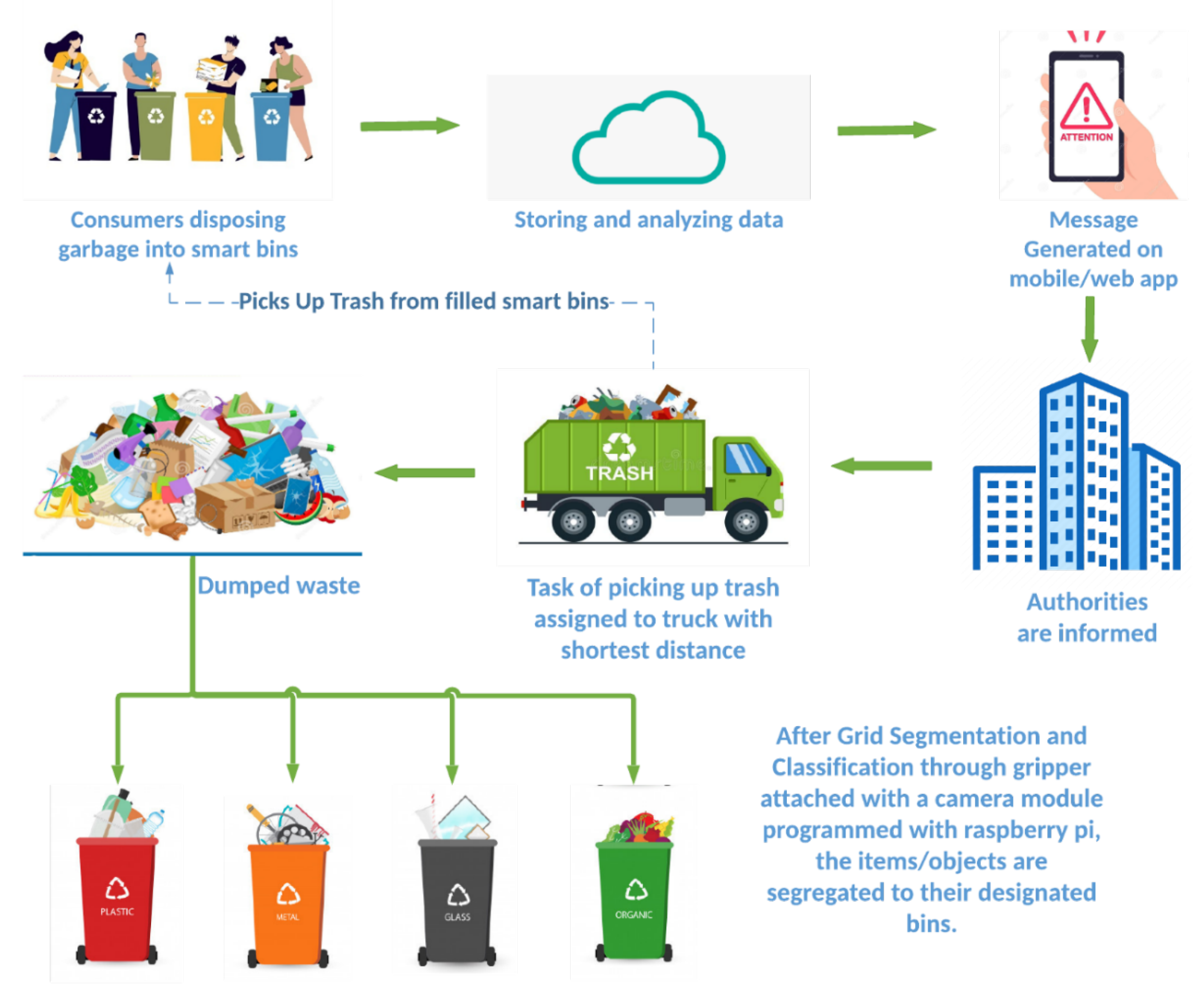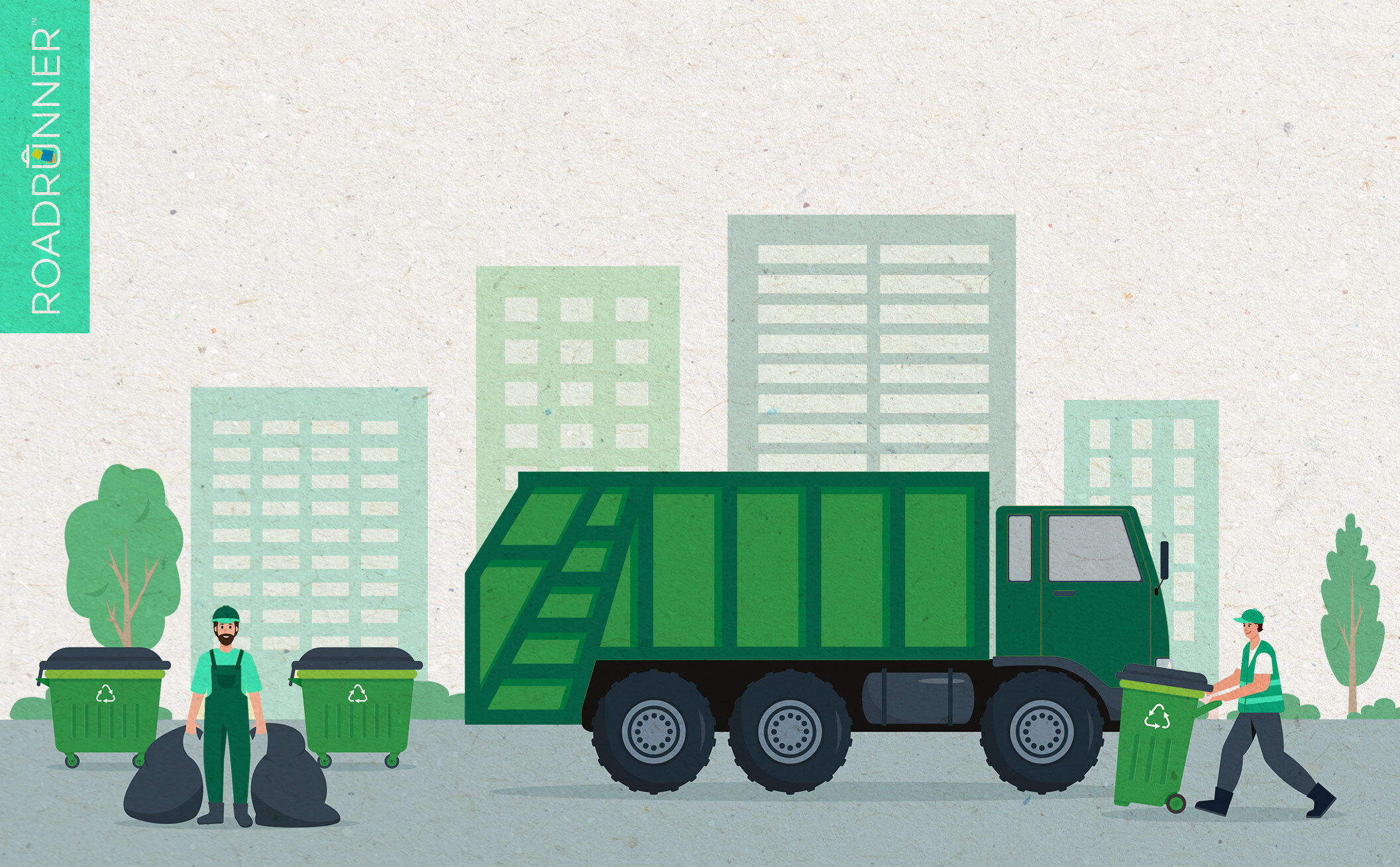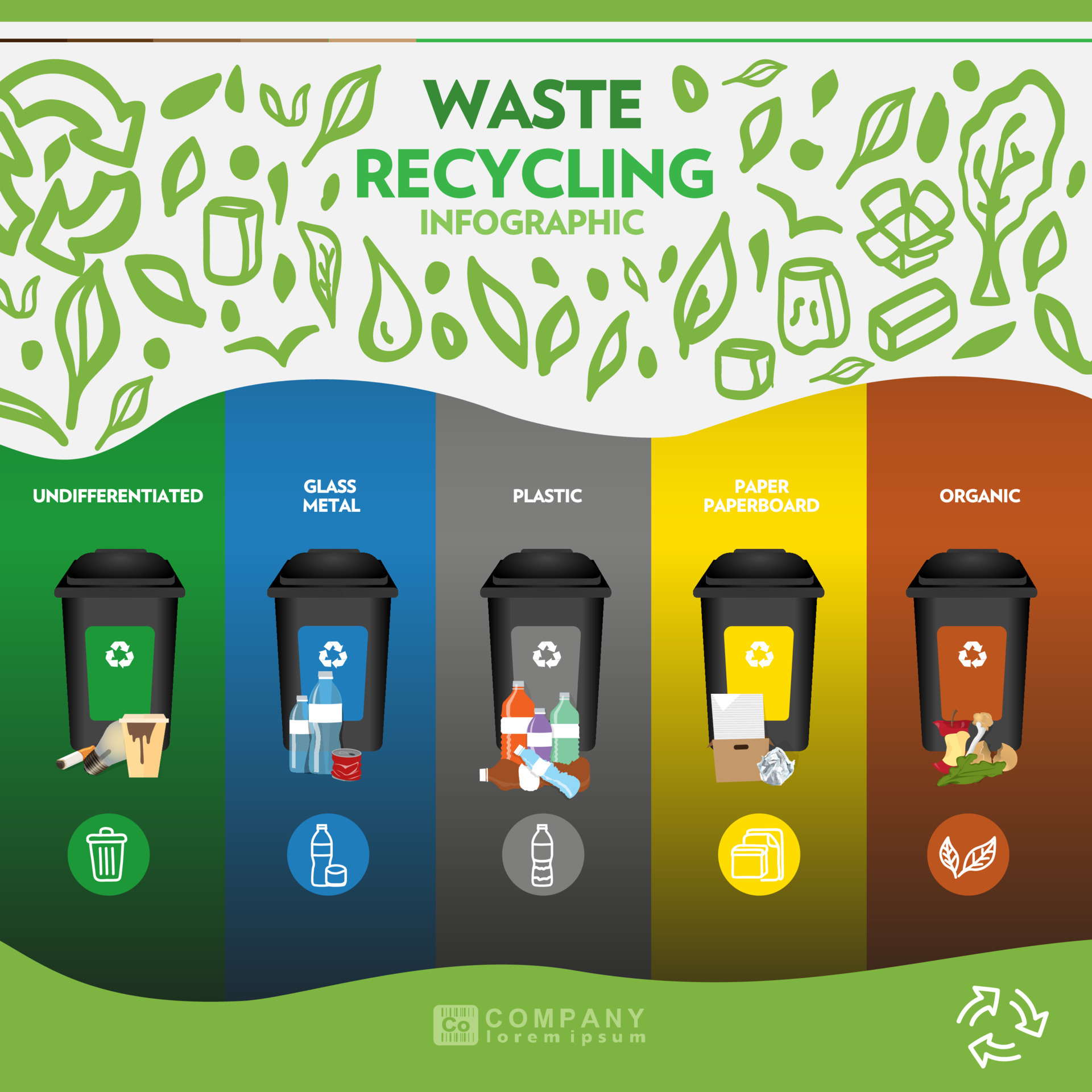Waste Oil Trucks For Sale: Your Comprehensive Guide to a Sustainable and Profitable Investment sale.truckstrend.com
Introduction: The Unseen Heroes of Recycling
In an era increasingly focused on environmental responsibility and resource recovery, the humble waste oil truck plays a pivotal, often unsung, role. These specialized vehicles are the backbone of the used oil recycling industry, efficiently collecting spent lubricants from a myriad of sources – automotive repair shops, industrial facilities, quick-lube centers, and even agricultural operations. Beyond mere collection, waste oil trucks are crucial for preventing environmental contamination, transforming a hazardous waste product into a valuable resource that can be re-refined into new lubricants, used as fuel, or processed for other industrial applications.
Waste Oil Trucks For Sale: Your Comprehensive Guide to a Sustainable and Profitable Investment
For entrepreneurs, fleet managers, or existing businesses looking to diversify, investing in a waste oil truck represents not just a logistical necessity but a strategic entry into a stable and growing market. The demand for proper waste oil disposal services is constant, driven by regulatory requirements and a global push towards sustainability. This comprehensive guide will navigate the landscape of "Waste Oil Trucks For Sale," offering insights into their types, key considerations for purchase, operational tips, and the economic opportunities they present.
What is a Waste Oil Truck?
At its core, a waste oil truck is a commercial vehicle designed for the safe and efficient collection, transportation, and temporary storage of used lubricating oils and similar petroleum-based fluids. Unlike standard tanker trucks that might carry fuels or chemicals, waste oil trucks are specifically equipped to handle viscous, often contaminated, used oils.
Key components typically include:
- Specialized Tank: Constructed from steel or aluminum, designed to hold used oil securely without leaks. Tanks vary significantly in capacity, from small units mounted on pickup trucks to large semi-trailer tanks.
- Vacuum or Pump System: Most commonly, these trucks employ a powerful vacuum pump to draw oil from collection points into the tank. Some may use positive displacement pumps for thicker fluids or gravity drainage systems.
- Hoses and Fittings: Durable, oil-resistant hoses and secure quick-connect fittings are essential for efficient and spill-free transfer.
- Filtration (Optional): Some advanced trucks may include primary filtration systems to remove larger debris, though comprehensive re-refining typically occurs off-site.
- Safety Features: Spill containment, emergency shut-offs, grounding mechanisms, and proper labeling are critical for regulatory compliance and operational safety.

These trucks are engineered to manage the challenges associated with used oil, including its variable viscosity, potential for contaminants, and the need for secure, leak-proof transport.
Why Invest in a Waste Oil Truck? Benefits and Opportunities

The decision to acquire a waste oil truck goes beyond simply purchasing a piece of equipment; it’s an investment in a service with significant environmental and economic returns.
- Environmental Stewardship: By providing a reliable service for used oil collection, businesses contribute directly to environmental protection. Proper disposal prevents harmful oil from contaminating soil and water, reducing the carbon footprint associated with virgin oil production. This commitment to sustainability can also enhance a company’s public image.
- Consistent Demand: Every vehicle, industrial machine, and piece of heavy equipment requires lubrication, and eventually, that lubricant becomes waste oil. This creates a perpetual and growing demand for collection services, making it a recession-resistant industry.
- Revenue Generation: Waste oil businesses generate income through service fees charged for collection. Additionally, the collected used oil itself holds value. It can be sold to re-refiners for processing into base oils, or to industrial users as an alternative fuel source. This dual revenue stream can make for a highly profitable venture.
- Low Barriers to Entry (Relatively): While capital investment is required for the truck, the operational complexity is manageable. With proper training, permits, and a focus on customer service, new entrants can establish a strong foothold.
- Scalability: A single truck can serve a local area, while a fleet can cover a wider region, allowing businesses to grow in response to demand.
- Diversification: For existing automotive or industrial service companies, adding waste oil collection can be a natural extension of services, enhancing customer loyalty and creating new revenue streams from existing clients.

Types of Waste Oil Trucks
Waste oil trucks come in various configurations, each suited for different scales of operation and types of collection. Understanding these types is crucial for making an informed purchasing decision.
-
Based on Capacity:
- Small Capacity (Pickup Mounted/Skid Units): Ideal for smaller operations, mobile mechanics, or as auxiliary units. Tanks typically range from 100-500 gallons and can be mounted on a heavy-duty pickup truck chassis or as self-contained skid units.
- Medium Capacity (Straight Trucks): The most common type for dedicated waste oil collection businesses. These are single-chassis trucks with tanks ranging from 1,000 to 4,000 gallons. They offer a good balance of maneuverability and carrying capacity.
- Large Capacity (Trailer-Mounted/Semi-Trailers): Designed for high-volume collection from large industrial sites or for transporting oil between regional depots and re-refineries. Tanks can hold 5,000 to 10,000+ gallons and require a tractor unit.
-
Based on Collection Method:
- Vacuum Trucks: By far the most prevalent. A powerful vacuum pump creates negative pressure in the tank, drawing oil rapidly through hoses. This method is efficient for most viscosities and minimizes direct contact.
- Pump Trucks: Use positive displacement pumps to actively draw oil into the tank. Less common for primary collection but can be useful for very viscous fluids or precise metering.
- Gravity Drain Trucks: Some smaller systems or custom setups may rely on gravity, but this is impractical for most commercial collection.
-
Based on Features:
- Heated Tanks: Essential in colder climates to maintain oil viscosity, making it easier to pump and preventing freezing.
- Multiple Compartments: Allows for the collection of different types of waste fluids (e.g., used oil, antifreeze, used cooking oil) in segregated compartments on the same truck.
- Metering Systems: For precise measurement of collected oil, important for billing and inventory.
- Integrated Spill Containment: Features like drip pans under connections or secondary containment for hoses.
Key Considerations When Buying a Waste Oil Truck
Purchasing a waste oil truck requires careful evaluation, whether buying new or used. This section highlights critical factors to consider.
-
New vs. Used:
- New Trucks: Offer reliability, warranties, latest technology, and customization options. Higher initial cost but lower immediate maintenance.
- Used Trucks: Lower upfront cost, quicker depreciation, and immediate availability. However, they come with higher risk of wear and tear, unknown maintenance history, and potential for costly repairs. Thorough inspection is paramount.
-
Tank Integrity and Material:
- Condition: Inspect for rust, dents, welds, and signs of previous repairs. Leaks are a major safety and environmental hazard.
- Material: Most tanks are carbon steel, but aluminum tanks are lighter, offering better fuel efficiency and payload capacity, though they are more expensive.
-
Pump System (Vacuum Pump):
- Condition: Check for leaks, unusual noises, and proper operation. A failing pump can be extremely expensive to replace or repair.
- Capacity: Ensure the pump’s capacity matches your collection needs.
- Power Take-Off (PTO): Verify the PTO engagement and functionality.
-
Hoses and Fittings:
- Inspect all hoses for cracks, wear, and proper connections. Hoses should be oil-rated and flexible. Fittings should be secure and leak-free.
-
Chassis and Engine:
- Mileage and Hours: For used trucks, consider both. High hours on the engine or pump can indicate significant wear.
- Maintenance Records: Request detailed service history.
- Overall Mechanical Condition: Check tires, brakes, suspension, transmission, and frame for rust or damage. A pre-purchase inspection by a qualified mechanic is highly recommended.
-
Regulatory Compliance:
- Waste oil transport is heavily regulated by federal (EPA, DOT), state, and local authorities. Ensure the truck meets all safety standards (e.g., hazmat placards, spill kits) and that you understand the permit requirements for operation in your area.
- GVWR (Gross Vehicle Weight Rating): Ensure the truck’s GVWR matches your license capabilities and payload requirements.
-
Capacity Needs:
- Accurately assess your anticipated collection volume. Buying too small will lead to inefficiency, while buying too large can be an unnecessary capital outlay and increase operational costs (fuel, insurance).
-
Special Features:
- Consider if features like heated tanks, multiple compartments, or advanced metering systems are necessary for your business model and geographical location.
Where to Find Waste Oil Trucks For Sale
Finding the right waste oil truck requires knowing where to look.
- Online Marketplaces:
- Commercial Truck-Specific Sites: TruckPaper.com, CommercialTruckTrader.com are excellent resources with large inventories from dealers and private sellers.
- General Equipment Sites: eBay, Craigslist, and Facebook Marketplace can yield local finds, though require more caution.
- Commercial Truck Dealerships: Many dealerships specialize in used commercial vehicles and may have waste oil trucks in stock or can source them. New truck dealers can order custom builds.
- Auctions: Government surplus auctions, fleet liquidations, and specialized equipment auctions often feature commercial trucks, including waste oil units. Be prepared to buy "as is" and conduct rapid inspections.
- Specialized Manufacturers: Companies that custom-build or modify trucks for waste collection (e.g., Progress Tank, Amthor International) are excellent sources for new, purpose-built vehicles.
- Direct from Businesses: Sometimes, existing waste oil collection companies or industrial firms upgrading their fleets will sell their used trucks directly. Networking within the industry can uncover these opportunities.
Practical Advice and Actionable Insights
- Due Diligence is Key: For used trucks, never skip a professional pre-purchase inspection. This can uncover hidden problems that save you thousands in future repairs.
- Budget Beyond Purchase Price: Factor in insurance (especially for hazardous materials), licensing, permits, fuel, maintenance, and the cost of disposal/sale of collected oil.
- Develop a Solid Business Plan: Before buying, define your target market (auto shops, industrial, restaurants for used cooking oil, etc.), pricing strategy, and where you will dispose of or sell the collected oil.
- Prioritize Safety and Training: Waste oil is a hazardous material. Invest in proper training for drivers on safe handling, spill prevention, emergency response, and personal protective equipment (PPE).
- Regular Maintenance: Implement a strict preventative maintenance schedule for the truck, pump, hoses, and tank. This prolongs the life of your equipment and prevents costly breakdowns and environmental incidents.
- Stay Informed on Regulations: Environmental regulations are dynamic. Regularly check federal, state, and local requirements to ensure ongoing compliance. Join industry associations for updates.
Challenges and Solutions
While profitable, operating a waste oil truck business comes with its challenges:
- Contamination: Collected oil can sometimes be contaminated with water, antifreeze, or other chemicals, reducing its value.
- Solution: Implement a strict acceptance policy, educate customers on proper segregation, and consider a small on-site testing kit.
- Spills and Environmental Incidents: Accidents can happen, leading to costly cleanups and fines.
- Solution: Comprehensive driver training, mandatory spill kits on every truck, and well-rehearsed emergency response plans.
- Maintenance Costs: Specialized equipment can be expensive to repair.
- Solution: Proactive preventative maintenance, quality parts, and skilled mechanics.
- Regulatory Burden: Navigating permits, licenses, and reporting can be complex.
- Solution: Dedicate resources to understanding compliance, consider hiring a consultant, and maintain meticulous records.
Table: Estimated Price Ranges for Waste Oil Trucks For Sale
Please note: Prices are highly variable based on age, condition, features, manufacturer, and market demand. These are estimated ranges for general guidance.
| Truck Type/Capacity | Condition | Estimated Price Range (USD) | Key Features / Notes |
|---|---|---|---|
| Small (100-500 Gallons) | Used | $15,000 – $40,000 | Skid-mounted or on light/medium-duty chassis. Good for startups or supplemental service. |
| New | $40,000 – $80,000+ | Custom build on new chassis, may include basic vacuum system. | |
| Medium (1,000-2,500 Gallons) | Used | $40,000 – $100,000 | Straight truck, common for established businesses. Condition highly impacts price. |
| New | $120,000 – $250,000+ | New chassis with custom tank and vacuum system. Customizable features. | |
| Large (2,500-4,000 Gallons) | Used | $80,000 – $180,000 | Straight truck, higher capacity for busy routes. More robust chassis often. |
| New | $200,000 – $350,000+ | New chassis, advanced vacuum systems, optional heated tanks, multiple compartments. | |
| Trailer-Mounted (5,000-10,000+ Gallons) | Used | $100,000 – $300,000+ | Tanker trailer only (requires tractor). Price depends on age, material (steel/aluminum). |
| New | $250,000 – $500,000+ | New tanker trailer, highly customizable, often with advanced safety and pumping features. |
Frequently Asked Questions (FAQ)
Q1: What permits and licenses do I need to operate a waste oil truck?
A1: Requirements vary significantly by location. You will likely need a Commercial Driver’s License (CDL) with a hazardous materials endorsement (HazMat), a DOT number, and potentially state-specific environmental permits for waste transportation and storage. Local business licenses are also typically required. Always check with your state’s Department of Environmental Protection (DEP) or equivalent, and local municipal authorities.
Q2: Can I collect other fluids besides used motor oil?
A2: Many waste oil trucks can be adapted to collect other non-hazardous fluids like used antifreeze or even used cooking oil (UCO), especially if they have multiple compartments. However, mixing different waste streams is generally prohibited and can severely devalue the collected material. Always verify regulatory compliance for each type of fluid.
Q3: How often should a waste oil truck be serviced?
A3: Beyond standard vehicle maintenance (oil changes, tire rotations), the specialized equipment (vacuum pump, tank, hoses) requires regular checks. The vacuum pump should be serviced according to manufacturer recommendations, typically every 200-500 operating hours. Hoses and fittings should be inspected daily for wear and leaks. Tank integrity should be checked annually.
Q4: What is the typical Return on Investment (ROI) for a waste oil collection business?
A4: ROI can vary widely based on startup costs, operational efficiency, pricing strategy, and the market value of collected oil. However, with consistent demand and dual revenue streams (collection fees + oil sales), a well-managed business can achieve positive ROI within 2-5 years. Strong customer relationships and efficient routing are key to maximizing profitability.
Q5: What are the main risks involved in this business?
A5: The primary risks include environmental liabilities from spills, high upfront capital investment, regulatory non-compliance leading to fines, and competition. Mitigating these risks involves thorough training, robust safety protocols, comprehensive insurance, diligent due diligence before purchasing, and a strong understanding of the market and regulations.
Conclusion: A Green Investment with Solid Returns
Investing in a waste oil truck is more than just acquiring a vehicle; it’s a commitment to a vital environmental service and an entry into a resilient, profitable industry. As regulations tighten and environmental consciousness grows, the demand for responsible waste oil management will only increase. By understanding the types of trucks available, performing diligent research, adhering to safety and regulatory standards, and operating with a clear business strategy, entrepreneurs can successfully navigate the market for "Waste Oil Trucks For Sale." This specialized niche offers a unique opportunity to build a sustainable business that contributes positively to both the economy and the planet.




